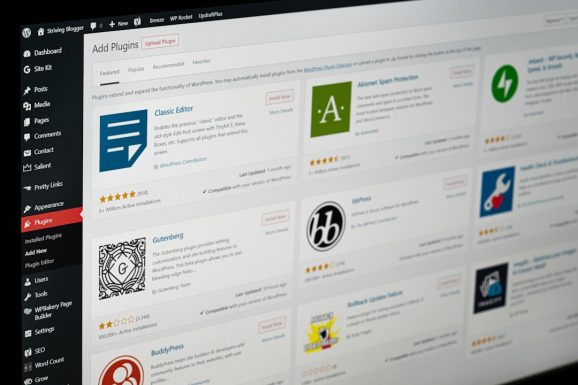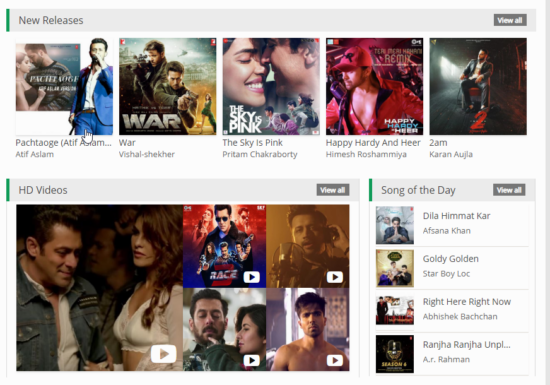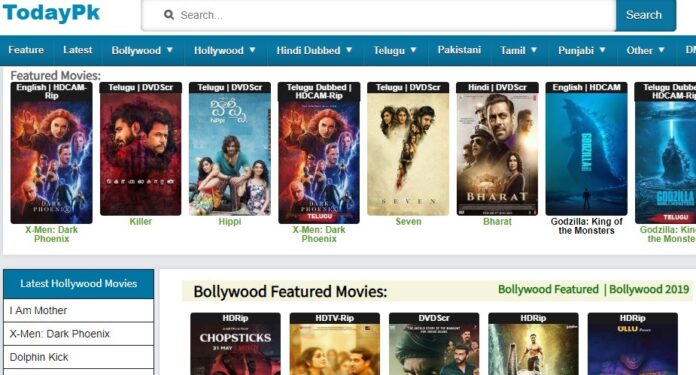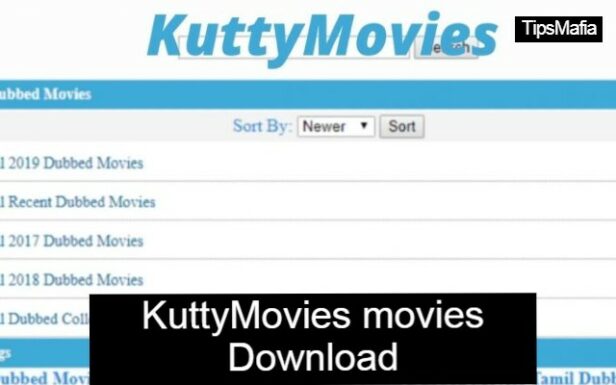Online businesses thrive on timely, relevant, and personalized customer interactions—and popups remain one of the most effective tools to achieve this. Among the leaders in advanced popup capabilities is GetSiteControl, a widget solution that allows businesses to create dynamic interactions through targeted modals, popups, and banners. One of the most notable enhancements to the platform was its ability to serve cached offers to returning users and the subsequent rollout of a loyalty cookie revision that dramatically improved personalized messaging without compromising user data or experience.
TL;DR
All Heading
GetSiteControl introduced a cache-based system to serve personalized popup offers to returning users, ensuring faster loading and increased relevance. Through the integration of a loyalty cookie, the platform could recall user preferences, browsing behavior, and previously shown offers. A revision to the cookie structure further protected personalization by preventing overwriting of loyalty data, particularly useful for eCommerce and content platforms with recurring visitors. Combined, these innovations enhanced both performance and customer loyalty.
Understanding Cached Offers for Returning Users
Most returning visitors expect a faster, smoother experience when re-engaging with previously visited websites. Recognizing this, GetSiteControl developed a mechanism to cache customized popup offers that would reappear, or adapt, each time a user returned to the site. Here’s how it worked:
- First Visit: When a visitor lands on a webpage using GetSiteControl widgets, the necessary popup or banner assets are served dynamically based on behavior triggers or campaign rules.
- Offer Caching: Upon interaction—or even simple exposure—data from that session is stored locally or in session-accessible cookies.
- Return Visit: When the same user returns, the system quickly references the previous data, loading the offer with no delay or server-based recalculation, reducing load time significantly.
What this achieved was an intuitive re-engagement logic. For instance, if a customer was shown a “10% off” offer but didn’t convert, the cached data allowed the same (or updated) offer to be displayed instantly upon their next visit.

This innovation increased popup relevance, minimized repeated server requests, and vastly improved site loading speeds—creating an optimal user experience and raising conversion rates.
The Role of Loyalty Cookies in Personalization
Personalization doesn’t stop at caching. In many cases, businesses need to track more granular data over time to maintain relevance. Enter the concept of loyalty cookies in GetSiteControl’s system.
Loyalty cookies are essentially long-term cookies that retain specific user attributes and behavior patterns. They often include:
- Browsing path memory – remembering which product categories were viewed
- Offer interactions – tracking which offers were ignored or clicked
- Visit frequency – understanding how often the user returns
By combining the agility of cached offers with the intelligence of loyalty cookies, businesses were able to create progressively more personalized popup campaigns. For returning shoppers, this could mean bypassing generic “Welcome!” messages in favor of “Welcome back! Still thinking about those running shoes?”
However, earlier versions of GetSiteControl’s loyalty cookie setup had a critical limitation—the cookie would often get overwritten when new interactions occurred, leading to the loss of potentially valuable personalization data. This was particularly problematic for campaigns requiring high user journey consistency.
The Loyalty Cookie Revision: A Game Changer
In 2023, GetSiteControl rolled out an important update by introducing a revised loyalty cookie structure that preserved historical personalization data and introduced timestamp layers and multi-channel interaction tracking.
The key features of the revised structure included:
- Versioned Data Layers: Each piece of personalization data was stored in layers, preventing newer events from erasing historical context unless explicitly programmed.
- Context-Aware Rendering: Offers could now adjust not only to user behavior but also frequency, time since last visit, or consistency of interest.
- Multi-Device Sync: Leveraging fingerprinting (when consented to), personalized messaging extended across devices while complying with privacy regulations.
This revision opened up a new chapter for GetSiteControl users. They could now deliver loyalty-tiered campaigns—offering higher-value discounts or content unlocks based on a visitor’s interaction history. No longer was personalization a fleeting benefit experienced only once; it became a persistent and evolving funnel enhancer.

Real-World Implementation and Impact
eCommerce stores, digital publishers, and SaaS brands reported improved ROI from campaigns after deploying these advancements. Some examples include:
- An eCommerce apparel brand: Used cached offers and loyalty cookies to orchestrate tiered discounts for shoppers who returned after abandoning carts. The brand saw a 28% uplift in return-to-purchase conversions.
- A subscription-based news platform: Delivered popup offers tailored to user history, like “You’ve read 10 articles, try Premium for $1” instead of the generic trial offer—resulting in a 35% increase in click-through rates.
By creating a memory for personalized experience and preserving that memory accurately, GetSiteControl moved popups from one-time sales tactics to long-term customer loyalty tools.
The Privacy-Friendly Advantage
As personalization techniques advanced, so did regulatory scrutiny. GetSiteControl’s revised solution addressed privacy in several important ways:
- Cookie Consent Management: All personalization components respected applicable GDPR and CCPA regulations through opt-in logic and transparent data layers.
- Storage Lifespan Control: Brands could define expiration periods for loyalty cookie data, giving users and companies more data retention control.
- Data Type Segmentation: Differentiating between essential, analytical, and marketing cookies allowed brands to maintain compliance without compromising user experience.
Conclusion: Powering Persistent, Personalized Engagement
GetSiteControl’s integration of offer caching with its revamped loyalty cookie system fundamentally changed how brands used popups. What was once a mere attention-grabbing widget has transformed into an intelligent, memory-based engagement system. Popups became smarter, faster, and context-aware—creating more valuable interactions and fewer missed opportunities.
Whether you’re managing a high-volume eCommerce site or a content-rich portal, these enhancements from GetSiteControl provide a scalable, privacy-friendly, and data-backed way to personalize user experience on every visit.
FAQs
- What are cached popup offers?
- Cached popup offers are versions of previously shown messages stored locally in a user’s browser, allowing faster display and more consistent messaging during return visits.
- How does GetSiteControl track returning users?
- GetSiteControl uses cookies, including loyalty cookies, to retain certain behavioral and interaction data from a user’s previous sessions to deliver relevant content in the future.
- Is the loyalty cookie GDPR compliant?
- Yes. The solution includes consent management, data segmentation, and storage limits to align with GDPR and other privacy regulations.
- Can cached offers be updated if my strategy changes?
- Yes. Cached offers can be overridden manually or conditionally based on new visit data or updated campaign rules, allowing continuous campaign optimization.
- How does this affect site speed?
- By loading popup assets from local storage rather than fetching them anew every time, site load speeds improve, especially for returning users.












Recent Comments